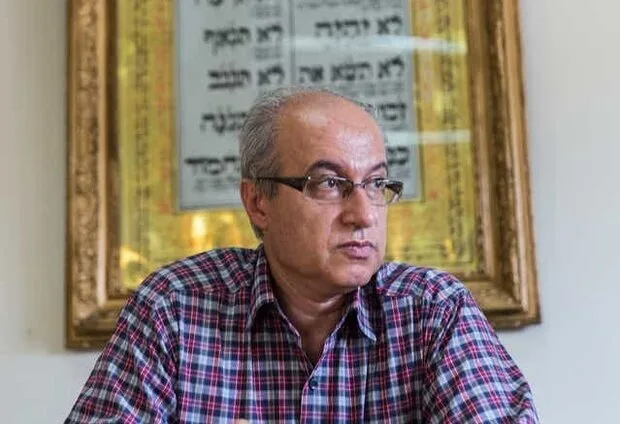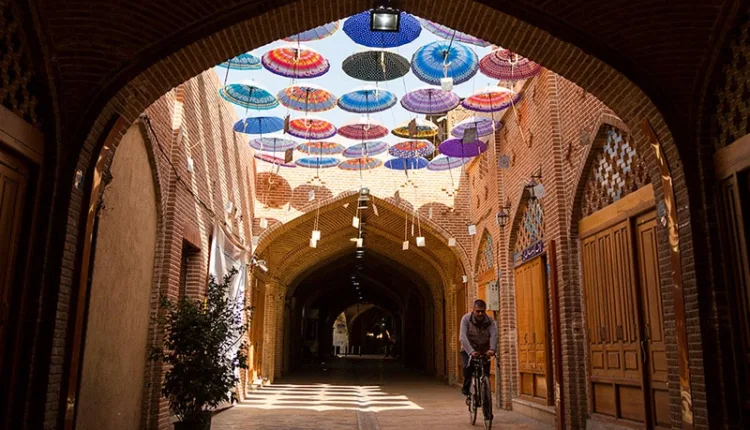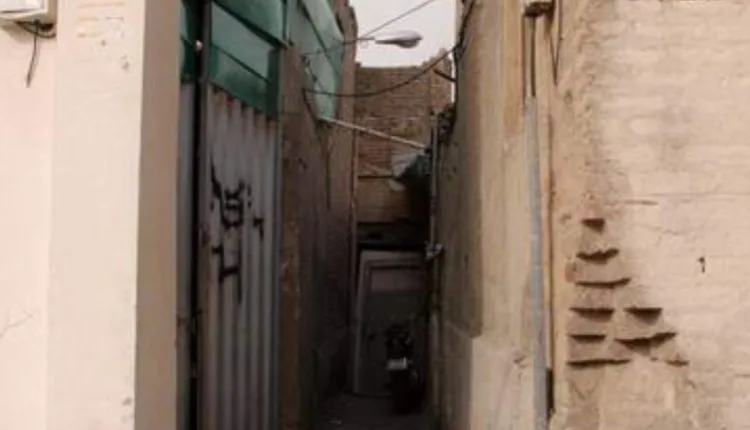Exploring Tehran’s Historic Jewish Quarter
Tehran’s Historic Jewish Quarter
The rich tapestry of cultures and religions in Iran is nowhere more evident than in the historic Jewish quarter of Tehran, known as Oudlajan.
Particularly during the Qajar era, this neighbourhood was a haven for dignitaries, notables, and Jewish settlers across the Middle East and further afield.
A stroll through its lanes unfolds stories of the bygone era, bringing to life a thriving community and its deep-rooted traditions. One of the highlights of Oudlajan is a quaint lane, originally named Haft-Keniseh (Seven Synagogues), which, over time, transitioned to Haft-Masjed Lane (Seven Mosques).
Let’s delve deeper into the essence of Oudlajan and the tales encased in the walls of its synagogues.
The name “Oudlajan” bears a rich linguistic tapestry, reflective of the diverse cultural and historical influences in Tehran. This term, rooted in the historic Tati language and possibly a Jewish dialect, opens a window into the myriad interpretations and the stories they tell of bygone eras. Let’s delve into the intriguing etymological roots and meanings ascribed to Oudlajan.
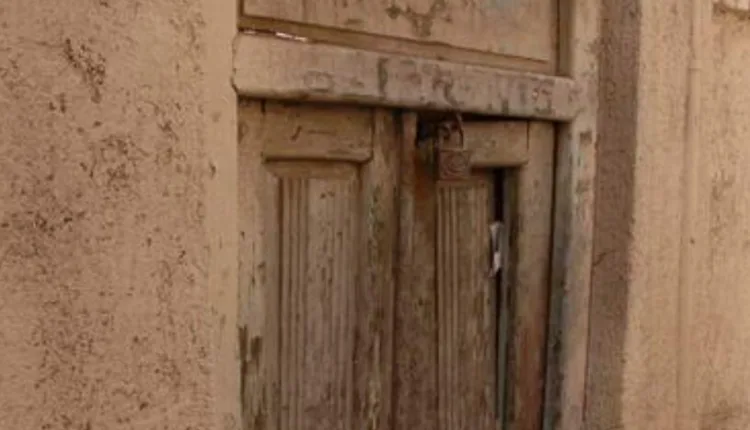
Historical Significance
Oudlajan, nestled in the heart of Tehran’s Grand Bazaar district, was a hub for the Jewish community. The neighborhood was defined by its boundaries – Cheragh Bargh Street to the north, Buzarjomehri to the south, Imamzadeh Yahya to the east, and Pamenar to the west (metal workshops now). The close-knit community mostly resided around the Pamenar area, contributing significantly to the socio-cultural fabric of Tehran at the turn of the 20th century.
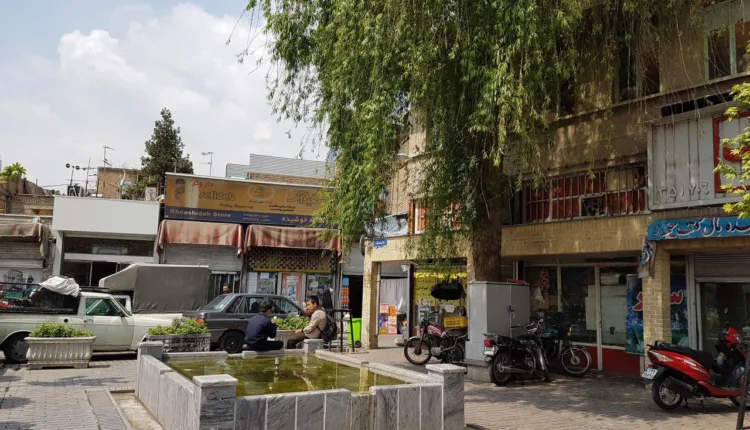
The Lane of Seven Synagogues: The Haft-Keniseh Lane is where the past resonates most profoundly. This narrow, winding lane was home to approximately 35 Jewish families. The lane derived its name from the seven synagogues that stood here, each with its unique narrative and community of followers.
- Kaleh Synagogue:
- The first synagogue, known as Kaleh, played a crucial role in the preparations for Passover. It was here that the ritual baking of Matzah (a type of flatbread) commenced, weeks before the onset of the holy week.
- Yousef Shirazi Synagogue:
- Located at the beginning of the lane, this synagogue was a common prayer place for the Shirazi Jews. The custodian, Ya’qub Safa, was known for his jovial and generous nature.
- Haji Bakhshi Synagogue:
- Not far from the Yousef Shirazi Synagogue, Haji Bakhshi Synagogue was considered one of the best in the lane.
- Yazdi Synagogue:
- Catering to the Yazdi Jews, this synagogue was the fourth establishment in the lane.
Further down the lane, two other branches led to a relatively large courtyard housing three more synagogues:
- Kashi Synagogue:
- Damavandi Synagogue:
- Mixed Synagogue:
- These were frequented by Jewish communities from various regions including Kurds, Kermanshahis, and others from different cities with many houses built in the Kerman courtyard style of that era.
![]()
A Unique Ambiance
Every Friday afternoon, a different vibe enveloped the Haft-Keniseh Lane. The residents embarked on a cleaning spree, ensuring the lane and its walls were spotless.
Following a visit to the baths, people, young and old, dressed in clean and tidy clothes, headed towards the synagogues for the evening prayers. This ritualistic preparation almost seemed like the anticipation of a significant transformation, portraying a beautiful blend of community, faith, and tradition.
The area became a popular haunt for many groups of people moving to Tehran during the late 19th and early 20th century period with its proximity to the the Tehran Grand Bazaar, the location was popular with those who could afford it. Kazemi House below.
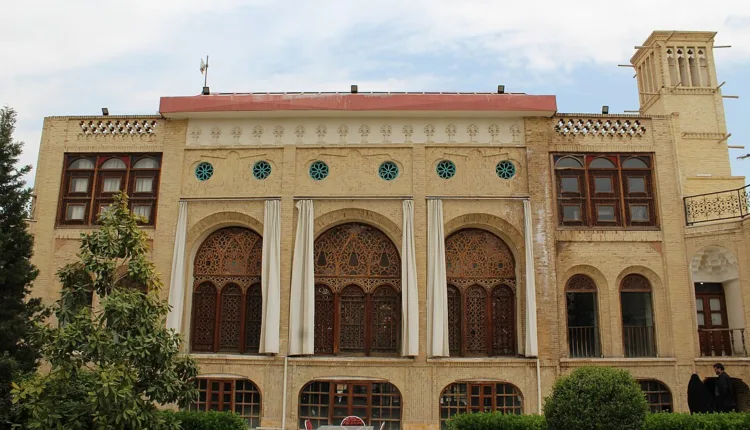
Long History
Oudlajan’s Haft-Keniseh Lane is more than just a historical site; it’s a testament to Tehran’s multi-cultural essence and the harmonious co-existence of diverse religious communities. Although now mostly a memory as the fabric of the Tehran Grand Bazaar expanded outwards and families moved further uptown, it is a reminder of the areas history.
As the sun sets casting long shadows in the narrow lanes, the echoes of prayers from a bygone era seem to resonate through time, narrating tales of a rich and shared heritage.
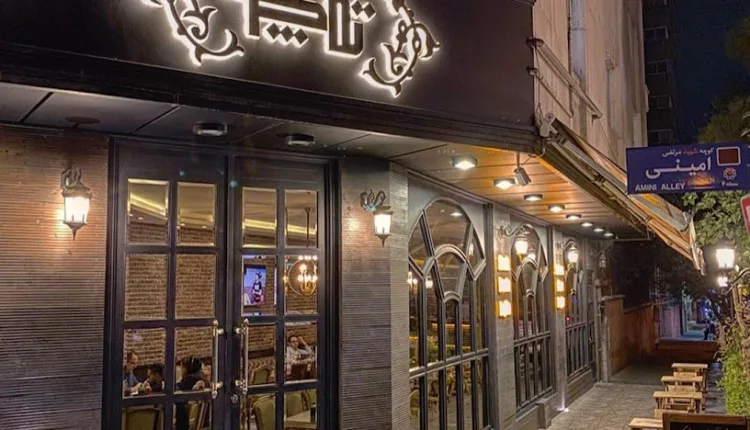
Eating Kosher in Tehran?
Not far from the old Jewish Quarter, you will find many historic eateries. We’re not sure there are many Kosher restaurants in the Bazaar but there are several further uptown in the Keshavarz Boulevard area. Check out one of the most famous ones called Tapo Restaurant here.
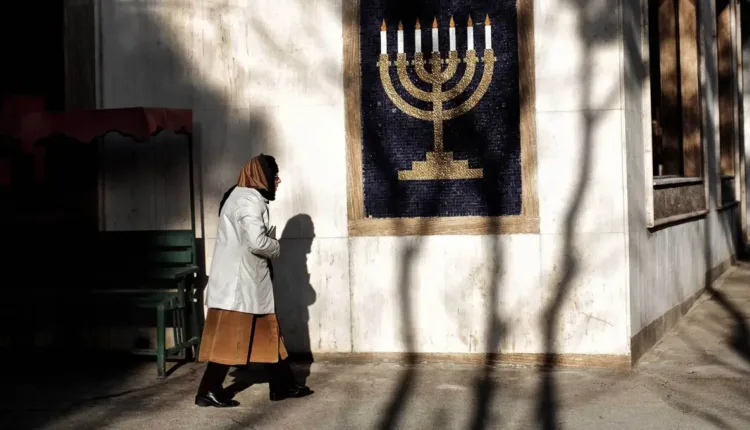
Synagogues in Tehran
Tehran hosts several synagogues catering to the spiritual needs of its Jewish residents. Here are some of the synagogues that are open:
- Yusef Abad Synagogue: Also known as Sukkot Shalom Synagogue, it is one of the largest synagogues in Tehran and is often considered the main synagogue of the city.
- Danial Synagogue: This is one of the notable synagogues listed among the active places of worship for the Jewish community in Tehran.
- Ezra Yaghoub Synagogue: Another active synagogue in Tehran, providing a space for Jewish residents to practice their faith.
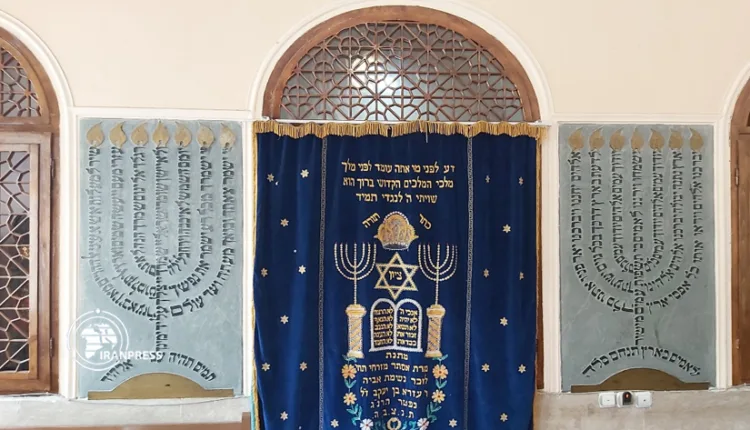
There are about 22 synagogues in Tehran where Jewish individuals can attend for prayers, with 3 active synagogues in the historical Oudlajan neighborhood.
Additionally, there are around 13 active synagogues in Tehran according to other sources.
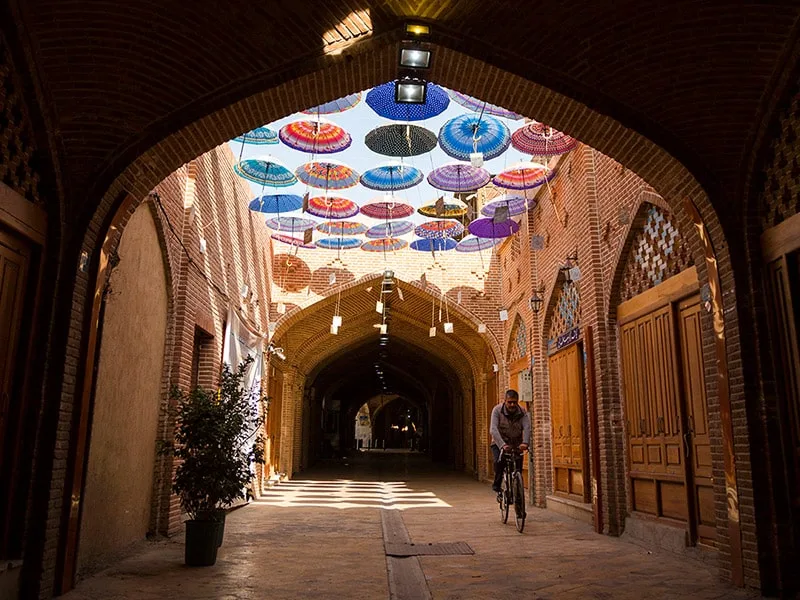
Jewish Schools in Tehran
Education is a vital part of the Jewish community in Tehran. There are several Jewish schools ensuring the community’s youth are well-educated and rooted in their faith:
There are four Jewish schools in Tehran that contribute to the robust religious life of the community, providing educational resources and fostering a sense of community among Jewish families.
These schools are part of the broader network of Jewish institutions, including synagogues, youth organisations, and kosher facilities, that enable the Jewish community in Tehran to maintain an active and vibrant religious life.
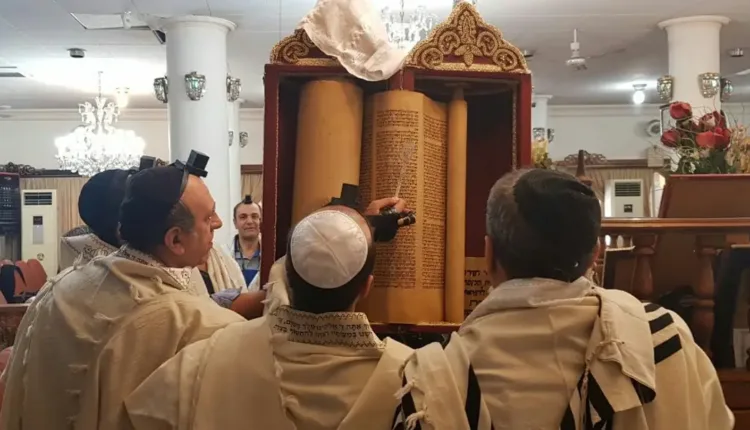
Community Life
The Jewish community in Tehran also engages in various religious and cultural activities. They have the freedom to practice their religion, and there are several community centers and youth organizations apart from schools and synagogues, contributing to the enriching Jewish life in Tehran. The Iranian parliament also has one Jewish MP as per the Islamic Republic constitution requirement; that is Homayoun Sameyah at the moment.
